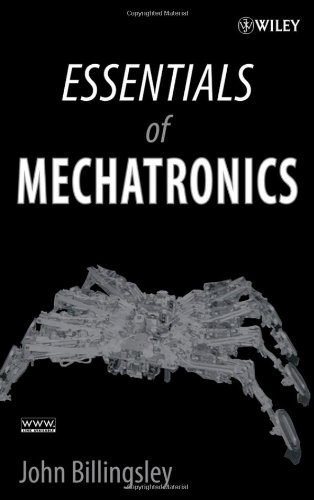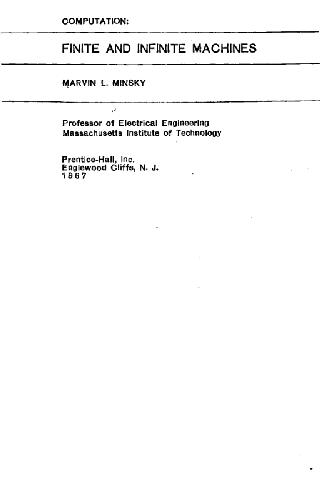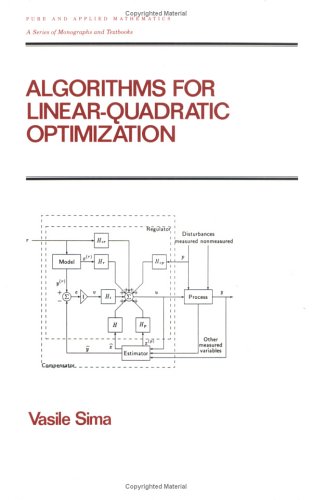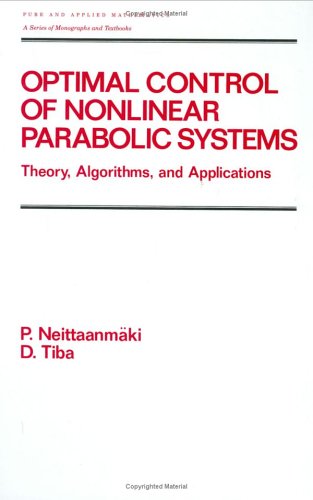John Billingsley9780471723417, 0-471-72341-X
Learn how to study, analyze, select, and design a successful mechatronic product This innovative, cutting-edge publication presents the essential nature of mechatronics, a field at the crossroads of information technology and mechanical and electrical engineering. Readers learn how to blend mechanisms, electronics, sensors, control strategies, and software into a functional design. Given the breadth that the field of mechatronics draws upon, this publication provides a critical service to readers by paring down the topics to the most essential ones. A common thread throughout the publication is tailoring performance to the actual needs of the user, rather than designing “by the book.” Practical methods clarify engineering trade-offs needed to design and manufacture competitive state-of-the-art products and systems. Key features include: * Easy-to-construct set of laboratory experiments to give readers practice in controlling difficult systems using discrete-time algorithms * Essentials of control theory, concentrating on state-space and easily constructed simulations in JavaScript, including typical mechatronic systems with gross nonlinearities where linear methods give the “wrong answer” * Hot topics that include advances in the automotive, multimedia, robotics, defense, medical, and consumer industries * Author-provided Web site at www.EssMech.com offers additional resources, including videos, dynamic simulation examples, software tools, and downloads There are hundreds of choices involved in all but the simplest of mechatronic design tasks. Using this publication as a reference, electrical, mechanical, and computer designers and engineers can find the most efficient, cost-effective methods to transform their goals into successful commercial products. With its use of laboratory experiments, this publication is also recommended as a graduate-level textbook. Author Web site located at www.EssMech.com provides in-depth support material that includes links to simulations for modeling dynamic systems with real-time interactions, image processing examples, and 3D robot modeling software, enabling readers to “construct” and manipulate their own mechanism as well as other useful links. |
Table of contents :
Frontmatter……Page 1
Introduction……Page 9
The Bare Essentials……Page 17
Gaining Experience……Page 51
Introduction to the Next Level……Page 98
Electronic Design……Page 101
Essential Control Theory……Page 122
Vectors, Matrices, and Tensors……Page 136
Mathematics for Control……Page 148
Robotics, Dynamics, and Kinematics……Page 166
Further Control Theory……Page 189
Computer Implementation……Page 206
Machine Vision……Page 224
Case Studies……Page 240
The Human Element……Page 257
Index……Page 264 |







Reviews
There are no reviews yet.